
Conflict Resolution Playbook: How Agentic AI Systems Detect, Negotiate, and Resolve Disputes at Scale
When you deploy dozens or hundreds of AI agents across your organization, you're not just automating tasks. You're creating a digital workforce with its own internal politics, competing priorities, and inevitable disputes. The question isn't whether your agents will come into conflict. The question is whether you've designed a system that can resolve those conflicts without grinding to a halt or escalating to human intervention every time.

Beyond Bottlenecks: Dynamic Governance for AI Systems
As we move from single Large Language Models to Multi-Agent Systems (MAS), we're discovering that intelligence alone doesn't scale. The real challenge is coordination, orchestration and governance. Imagine you've deployed 100 autonomous agents into your enterprise. One specializes in customer data analysis. Another handles inventory optimization. A third manages supplier communications. Each agent is competent at its job. But when a supply chain disruption hits, who decides which agents act first? When two agents need the same resource, who arbitrates? When market conditions shift, how do they reorganize without human intervention?

Measuring Success: KPIs for Agentic AI in Data Quality Management
Agentic AI systems now monitor, correct, and negotiate data integrity across enterprise systems. They operate semi-autonomously, making decisions that once required human judgment. But here's the challenge: how do we know they're actually performing well? Success in this new paradigm isn't just about accuracy. It's about trust, speed, resilience, and measurable business impact.
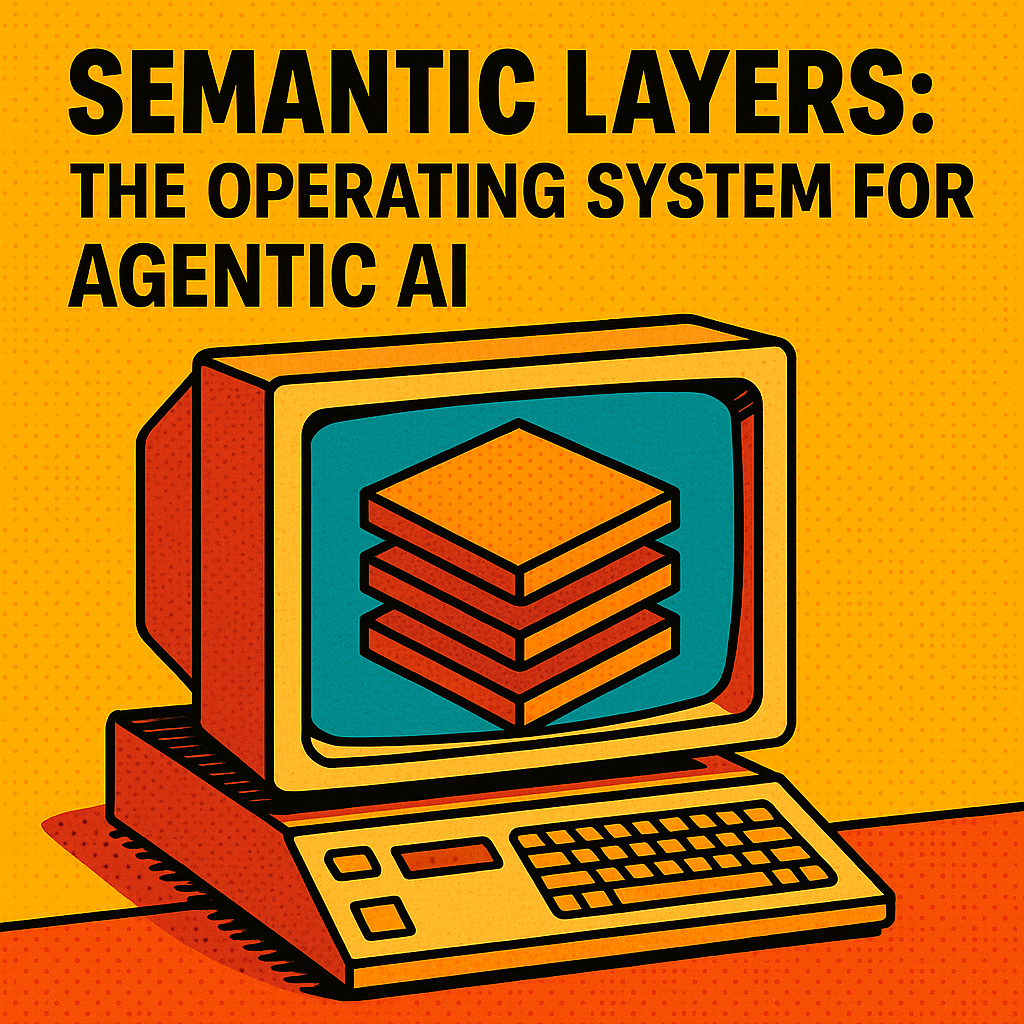
Semantic Layers: The Operating System for Agentic AI
Two procurement agents receive the same purchase request: "Order 500 units of Product X from the approved supplier list." The first agent; operating without semantic grounding; searches by keyword, finds a vendor match, and places the order. The second agent, equipped with a semantic layer, cross-references the product specification against compliance requirements, verifies the supplier's certification status has not expired, and checks whether the quantity aligns with current inventory policy thresholds. Only one makes the right decision.

The Impact of Bad Data on Modern AI Projects (and How to Fix It)
The enterprise AI conversation has been dominated by models. Which LLM should we license? Should we fine-tune or use RAG? What about open-source versus proprietary? These are the wrong questions to start with.
The AI boom is exposing a truth that data teams have known for years: most organizations are building on a foundation of poor-quality data. Decades of neglected data strategy are now coming due. The models are powerful, but they're only as reliable as what they're trained on and what they retrieve.

Hybrid Collaboration Chanels: Where Cooperation Meets Competition in Agentic AI Workflows
The traditional view of AI collaboration assumes a simple model: agents work together toward a shared goal, following predetermined protocols and maintaining consistent roles throughout their interaction. This linear approach may have sufficed when AI systems operated in isolation or handled straightforward tasks, but it falls short in today's complex multi-agent environments.
The reality of modern agentic AI workflows is far more nuanced. Just as human organizations navigate partnerships that blend cooperation with healthy competition, AI agents increasingly need the flexibility to shift between collaborative and competitive modes depending on the task at hand.

How Agentic AI Will Reshape Financial Transactions
Something significant is happening at the intersection of AI and commerce, and most business leaders haven't noticed yet. AI agents aren't just assisting with purchases anymore. They're making them independently, negotiating terms, and executing transactions without waiting for human approval.
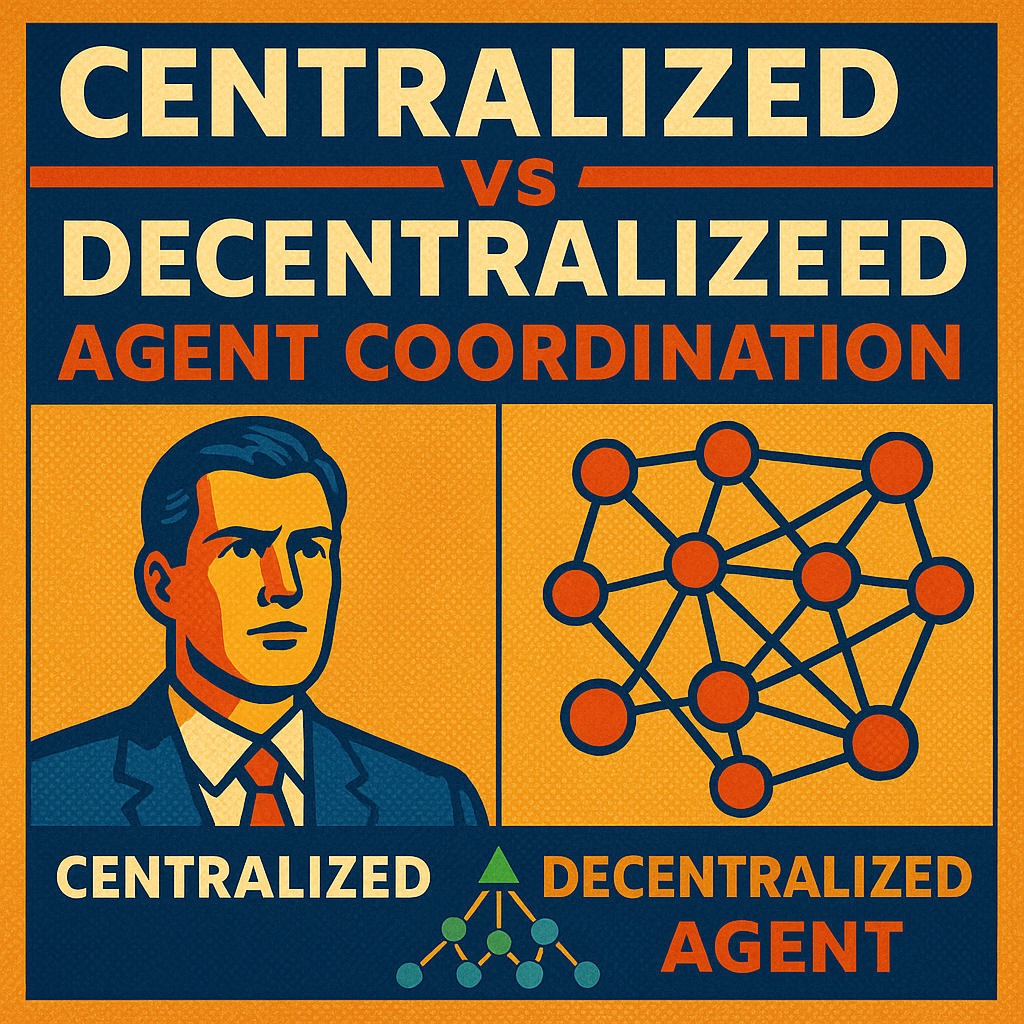
Centralized vs Decentralized Agent Coordination: How Orchestration Choices Shape Autonomy, Resilience, and Emergent Behavior
As organizations move from assistive AI to building full digital workforces, a critical architectural question emerges: how should agents coordinate with each other? The decision between centralized orchestration and decentralized coordination isn't just a technical detail. It shapes everything from system resilience to innovation capacity, from operational predictability to adaptive problem-solving.

Conflict Resolution Playbook: When Agents (and Organizations) Clash
Just as human organizations have HR departments, management hierarchies, and conflict resolution procedures, our digital workforces need structured approaches to handle disagreement. The difference? Agent conflicts happen at machine speed, across distributed networks, with consequences that can cascade through entire ecosystems in milliseconds. The goal isn't to eliminate conflict. It's to harness it as valuable feedback that makes our agent systems smarter, more resilient, and ultimately more aligned with human values.
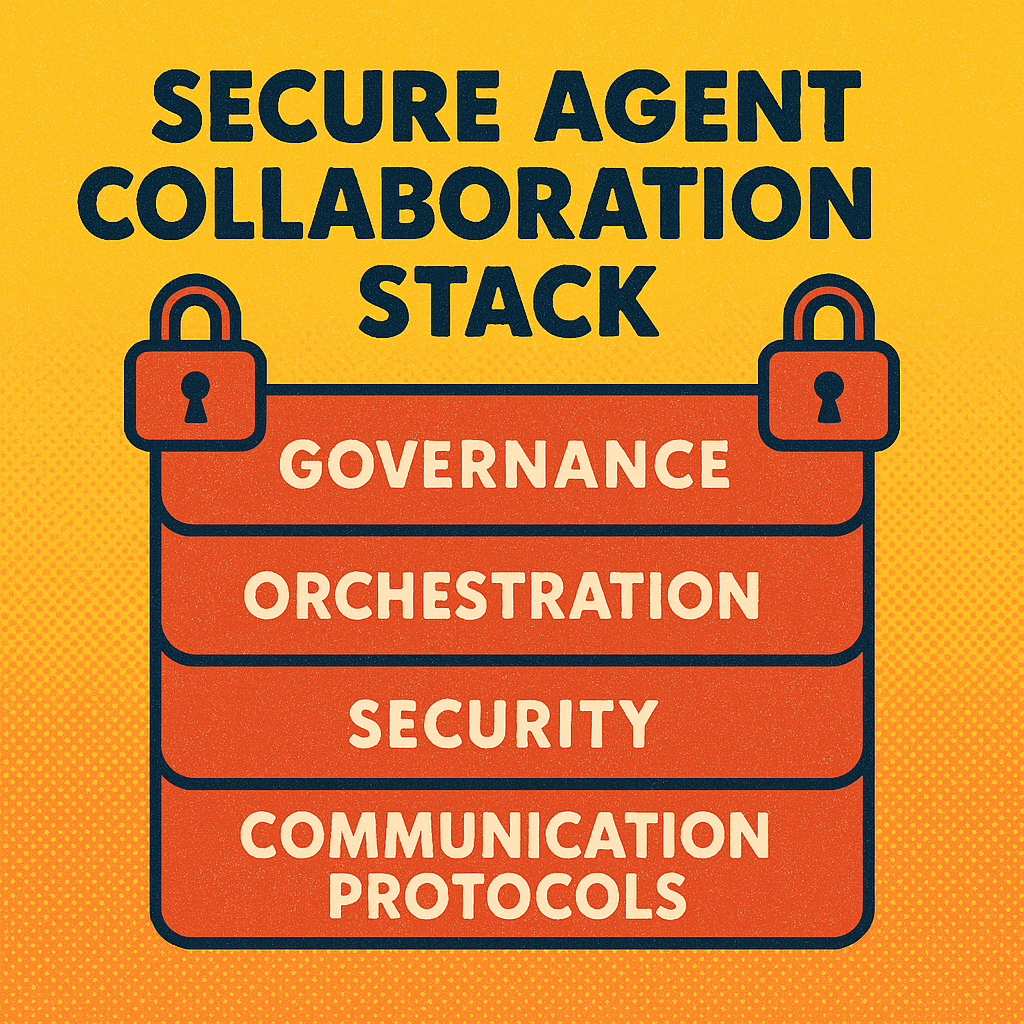
Resilience, Security & Real-Time Collaboration: Building the Foundation for the Agentic Enterprise
Spotlight on the challenges and innovations in secure, low-latency, and scalable coordination architectures, especially when agents cross organizational boundaries.
The modern enterprise no longer operates within tidy boundaries. Instead, it exists as a node in a dynamic digital ecosystem where agents (both human and AI) must collaborate across organizations, geographies, and technical platforms. This isn't the collaborative work environment of the past decade. We're entering an era where digital teammates work alongside human ones, where AI agents make autonomous decisions in milliseconds, and where the coordination fabric must span not just internal teams and organizational silos, but entire supply chains and partner networks.

Synthetic Sensors and Surrogate Data: How Agentic AI Fills Gaps and Fights Fraudulent IoT Streams
What happens when your sensors lie, or simply go silent?
In our hyper-connected world, IoT systems power our most critical infrastructure. Smart factories run around the clock. Energy grids balance supply and demand in real time. Logistics networks track millions of shipments across continents. All of this depends on one thing: continuous, trustworthy data streams flowing from thousands of sensors.
The traditional answer has been redundancy and maintenance. Add more sensors. Check them more often. But there's another way, one that doesn't just patch the problem but reimagines how we think about sensing itself. Agentic AI offers a path beyond physical sensors, using intelligence and inference to synthesize and validate the data we need.

AIOps Maturity Model
As enterprises evolve toward AI-first business models, IT operations face growing complexity, velocity, and interdependence. Traditional monitoring and manual incident response can no longer keep pace with the demands of modern, hybrid infrastructures. Artificial Intelligence for IT Operations (AIOps or AgentOps) has emerged as a transformative capability; bringing together observability, machine learning, and automation to deliver faster, smarter, and more resilient systems.
The AIOps Maturity Model provides a structured framework for understanding how organizations progress from reactive, human-driven operations to fully autonomous, adaptive, and agentic ecosystems. It highlights the interplay of four critical dimensions; Data Maturity, Automation Depth, Human–AI Collaboration, and Governance; that together define operational intelligence and resilience.
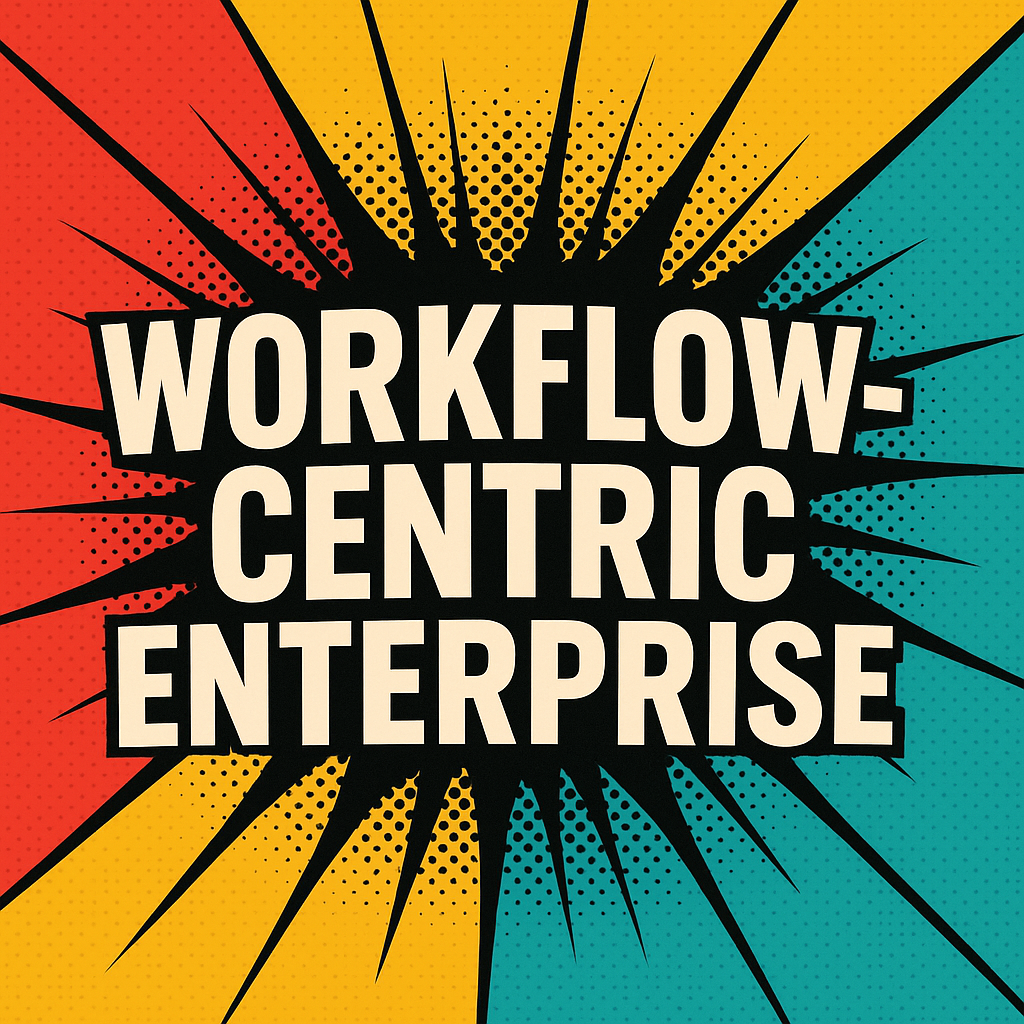
Workflow-Centric Enterprises: The Post-Application Era of Agentic AI
Something significant happened at Dreamforce this year, though it wasn't captured in a single keynote moment or product announcement. Between the demos of Agentforce and the conversations in packed conference rooms, a new narrative about enterprise operations began taking shape. Organizations are no longer thinking primarily about which applications to buy or build. Instead, they're asking a different question: how does work actually flow through our organization?

Agentic AI Operations: The Next Frontier in Enterprise Automation
Enterprise AI is going through a dramatic transformation. What began as cautious experimentation with machine learning models has evolved into the bold deployment of autonomous AI agents capable of reasoning, decision-making, and acting independently. Yet as organizations embrace this new concept, a critical challenge emerges: how do you effectively manage, monitor, and govern AI systems that operate with varying degrees of autonomy? The answer lies in Agentic AI Operations (AIOps), a discipline that is rapidly becoming the cornerstone of successful AI-driven enterprises.

Decentralized Governance Models for Agentic AI: DAOs, Blockchain, and Beyond
What if your digital workforce could vote on operational priorities or enforce ethical boundaries through code, not committees? As artificial intelligence evolves from passive tools into autonomous agents capable of independent decision-making, we're entering uncharted territory. These agentic AI systems operate across networks, enterprises, and entire ecosystems, raising urgent questions about control, accountability, and trust.

Super-Agent Ecosystems: Interconnected, Cross-Organizational Agentic AI Networks
Standalone agentic AI is rapidly giving way to something far more transformative. While individual AI agents have proven their worth in task automation, decision support, and specialized domains like customer service or data analysis, we're now seeing something entirely new: interconnected networks of agents that coordinate across organizational boundaries like digital organisms.

The Pillars of Data Quality: What Every Agentic AI System Needs to Succeed
The enterprise agentic AI revolution is here, but there's a catch. While organizations rush to deploy autonomous agents capable of making complex decisions without human oversight, many are building these sophisticated systems on shaky ground. The critical foundation that determines whether agentic AI succeeds or fails isn't the algorithm sophistication or computational power. It's data quality.
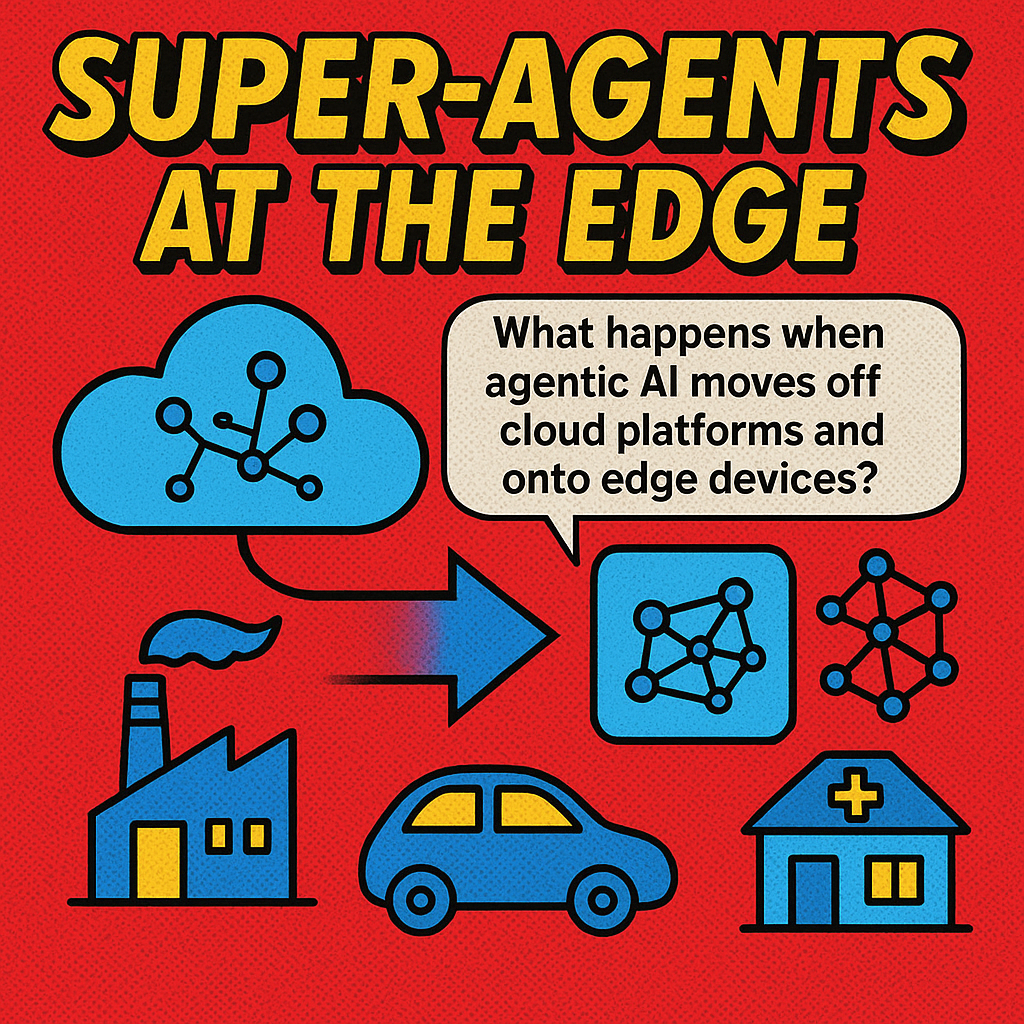
Super-Agents at the Edge: When AI Moves Beyond the Cloud
Artificial intelligence isn't just getting smarter, it's getting closer. While we've grown accustomed to AI systems that live in distant data centers, a quiet revolution is happening at the periphery of our networks. Agentic AI, once tethered to powerful cloud platforms, is now breaking free and embedding itself directly into the devices around us. These aren't your typical edge AI systems that simply recognize patterns or predict maintenance schedules. We're talking about super-agents at the edge; autonomous, decision-making AI agents that can reason, collaborate, and act independently right where the action happens.
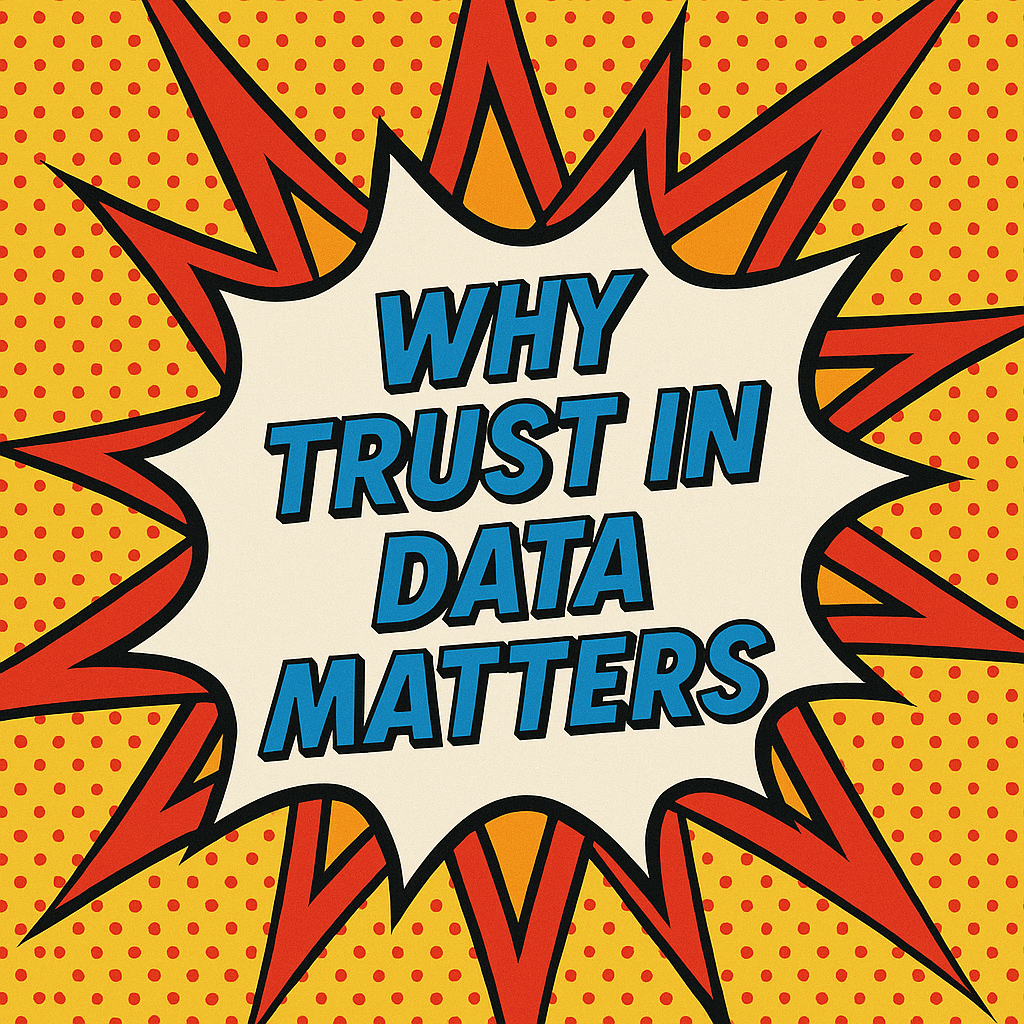
Why Trust in Data Matters: Building Business Confidence with Reliable AI
In boardrooms across industries, executives are grappling with a modern paradox. AI promises enhanced business insights and competitive advantages, yet its power hinges entirely on something most leaders rarely see: the quality of data flowing through their systems. As artificial intelligence becomes the backbone of strategic decision-making, the old adage "garbage in, garbage out" has never carried higher stakes. This isn't merely a technical concern relegated to IT departments. Trust in data has become a critical business confidence driver, determining whether organizations can harness AI's potential or fall victim to its blind spots.

How Agentic AI Agents Automate and Elevate Data Cleansing
Every business sits on a goldmine of data, but too often, that gold is buried under layers of inaccuracies, duplicates, and incomplete records. Data quality issues plague organizations across industries: customer records with missing email addresses, financial transactions with inconsistent formats, inventory systems showing phantom stock levels, and analytics dashboards built on unreliable information. But what if data cleansing could shift from a manual, reactive scramble to an automated, proactive discipline? Agentic AI agents can facilitate this transformation, turning data quality from a persistent headache into a strategic advantage.
